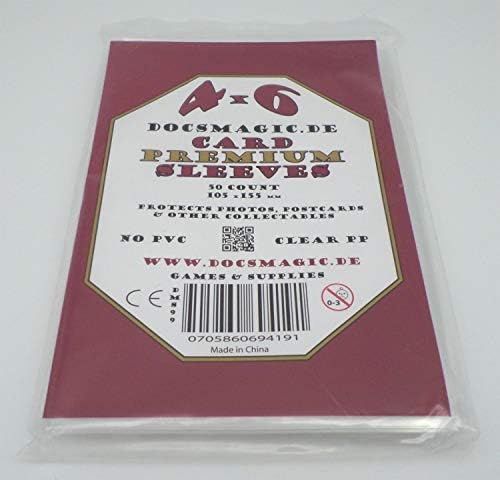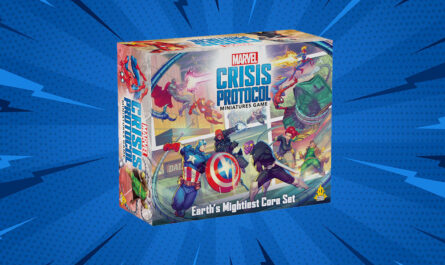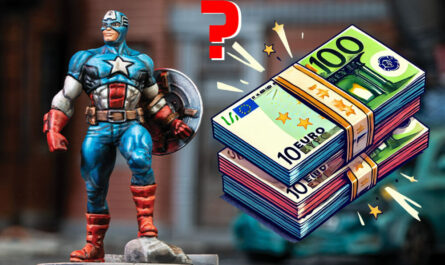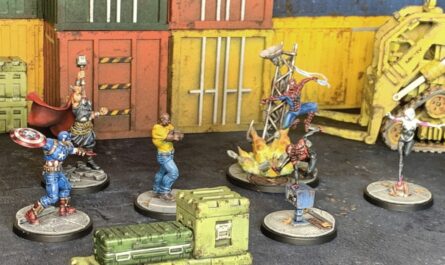When it comes to miniature games, there’s still no universal solution for managing character profiles. Some publishers, like Games Workshop, keep flooding us with heavy, cumbersome rulebooks, while others, like Corvus Belli, went fully digital. Atomic Mass Games chose a third path: handling everything through cards. While this may seem like a practical and elegant solution at first, after a few years of collecting miniatures, one major issue inevitably arises — logistics.
Cards, cards, and more cards.
Marvel Crisis Protocol currently features just over 200 characters, each with their own card, plus more than 350 Team Tactic cards and around 40 scenario (crisis) cards. Even if you set aside outdated versions and duplicate tactics cards, the problem quickly becomes clear. Finding an efficient storage solution that accommodates sleeved cards is no small feat. And to make things more complicated, AMG decided to use three different card formats.
Card management in Shatterpoint is a bit simpler since it doesn’t have an equivalent to the Team Tactics cards. The game is also newer, with fewer characters overall, but the advice in this article still applies since the formats remain identical to those in MCP.
The Team Tactics Cards
The most common format is the “Trading Card Game” style. You’ll find this size used for Team Tactics cards and Infinity Gems. These will make up the bulk of your collection if you play Marvel Crisis Protocol. Be careful though — they’re closer in size to Yu-Gi-Oh! cards than to Pokémon or Magic cards. Their dimensions are 6.15 x 8.8 cm. I recommend using these sleeves. You can use other sleeves from your collection (like Magic or Pokémon), but that might limit your storage options later. Also, I strongly suggest using completely transparent sleeves so you can enjoy the beautiful card artwork printed on the back.
Character cards
Some players don’t bother sleeving their character cards, but they do tend to wear out quickly since they’re handled often — especially by your opponents. As someone who buys second-hand lots, it’s never pleasant to receive bent or damaged cards. So keep that in mind if you ever plan to sell your miniatures. The format is a bit unusual, and while some people prefer to laminate their cards, others go for a less “permanent” option. For those, there’s a good solution from the postcard-collector world. The character card size, whether for MCP or SP, is 15.2 x 10.1 cm, so I recommend these 4×6 inch sleeves.
Tips
Character cards now come with rounded corners, but that wasn’t always the case. If, like me, you want to prevent your cards from wearing out — whether they’re older ones, second-hand cards, or printed updates — I recommend using a corner rounder punch.
Crisis cards
Because two card formats apparently weren’t enough, AMG decided to add one more. These cards measure 11.9 x 6.85 cm, so I recommend using 70 x 120 mm sleeves. This is the same format used in Shatterpoint for all cards other than character cards.
Be warned though: if, like me, you like to carry your cards in a deck box, sleeved crisis cards won’t fit in most storage boxes designed for tarot cards.
What about storage?
Whether you prefer to sort your cards alphabetically or by affiliation, once your collection reaches a certain size, you’ll need something a bit more sophisticated than a simple shoebox.
Here are the two storage systems I recommend.
The “box” storage method:
This storage method is, in my opinion, the most efficient and also very space-saving. However, it reaches its limits if you plan to collect most of the available content. You also lose the “browsing” aspect that appeals to players who enjoy the collector’s side of the hobby. Not to mention, this system doesn’t offer any practical solution for crisis cards. Here’s the one I use for character cards.
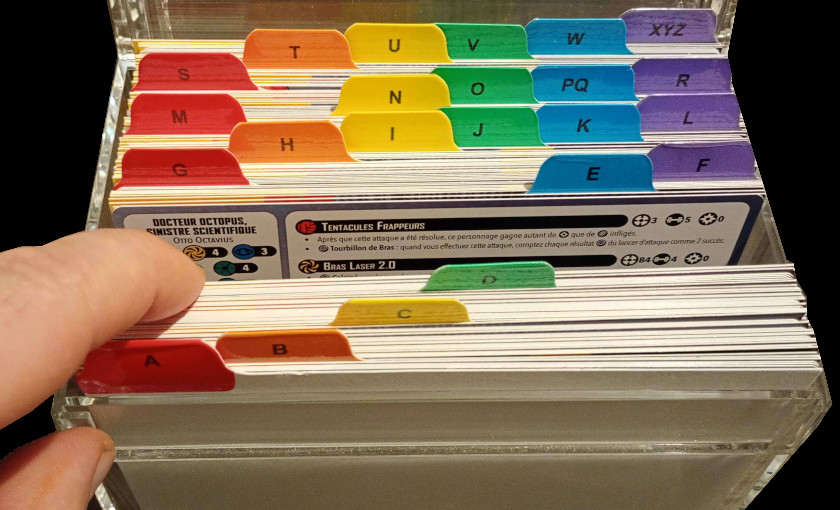
For tactic cards, local game stores offer plenty of deck boxes designed for collectible card games — you’ll easily find something suitable with a quick Google search.
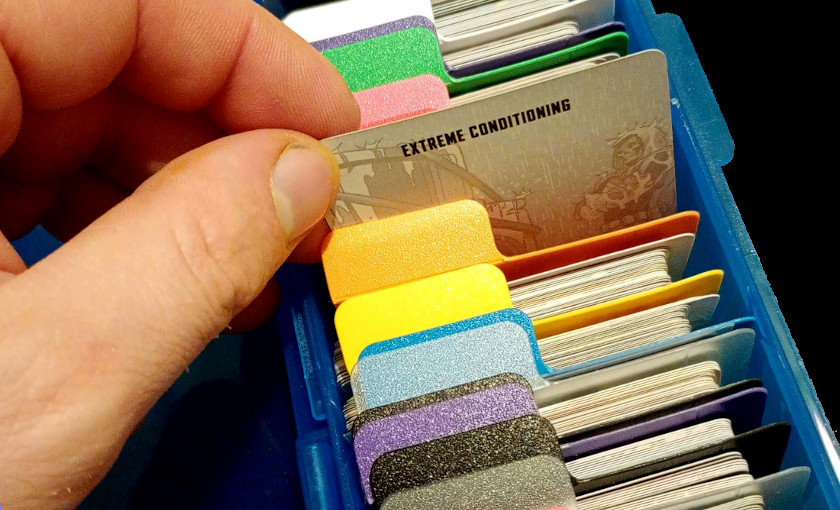
The “binder” storage method:
The other solution I recommend is the classic A4 binder.
If you go for this option, for character cards you’ll need A6 photo sleeves. These sleeves have the advantage of fitting cards that are already sleeved using the ones I recommended earlier — meaning you can store your character cards with their sleeves on!
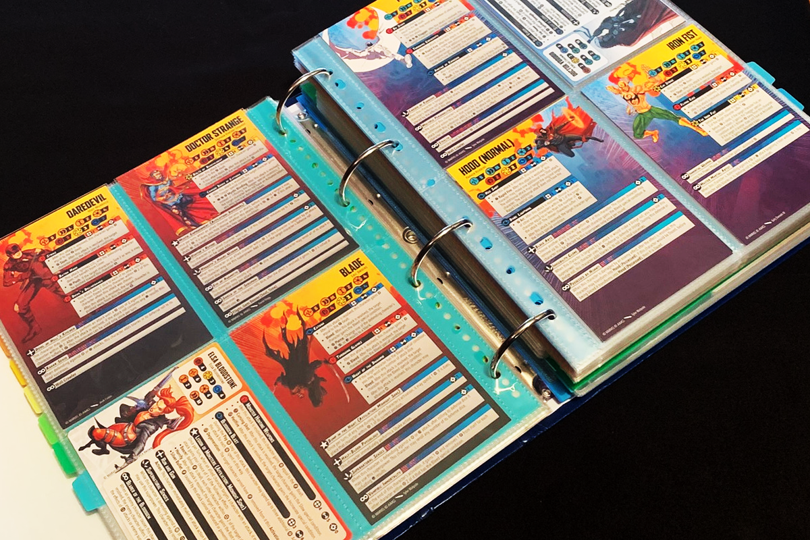
For tactic cards, we’re back to something very common. That said, I personally recommend these sleeves — tested and approved. They’re fully compatible with the sleeves I suggested earlier.
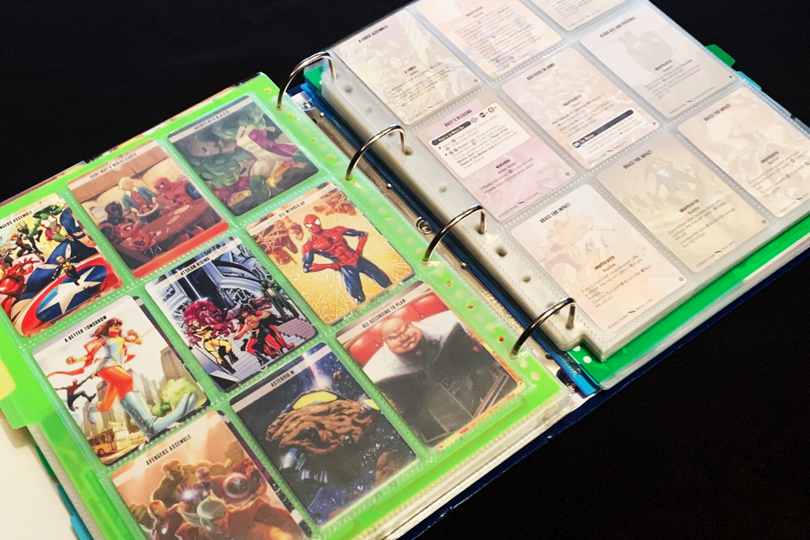
As for crisis cards, I have to admit I haven’t yet found a completely satisfying system. For now, I use sleeves designed for banknote collectors. Here’s the link for those interested.
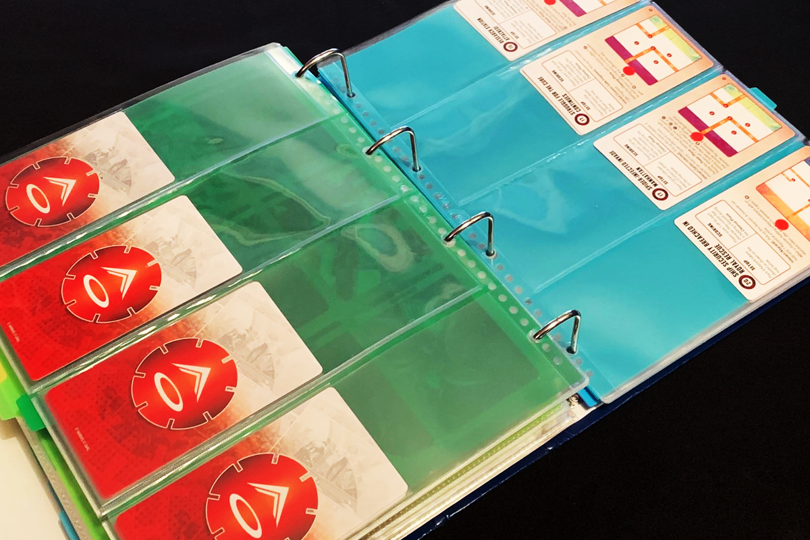
And what about the tokens?
We’re straying a bit from the main topic here, but I still want to share a system for storing tokens. The game comes with a huge number of tokens, and storing them efficiently while keeping them easy to find isn’t always simple. Personally, I use pocket sheets designed for coin collections, and I find this solution very satisfying. The pocket sheets I use, if you’re interested, can be found here and here. (I had to re-punch the holes because they didn’t fit my binder.)
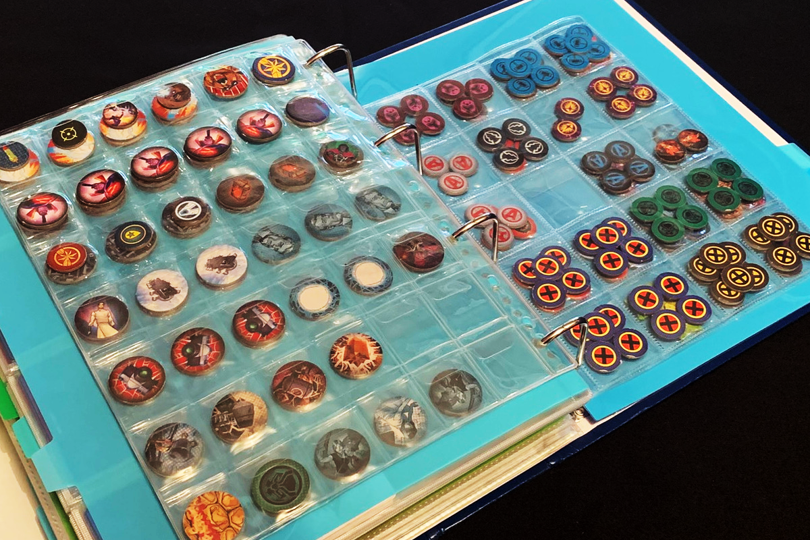
For the binder itself, I recommend choosing one as wide as possible — it fills up faster than you might think. Also, go for a 4-ring binder rather than a 2-ring one: the weight and flexibility of the pocket sheets can cause early wear and tear in a 2-ring binder. And a quick reminder for anyone who’s forgotten their school days — make sure you buy A4+ dividers, not standard A4 ones.
Acknowledgements
Many thanks to Palimpseste for sharing his feedback on the “box-style” card storage method, and for taking the time to provide the photos that helped illustrate this section.
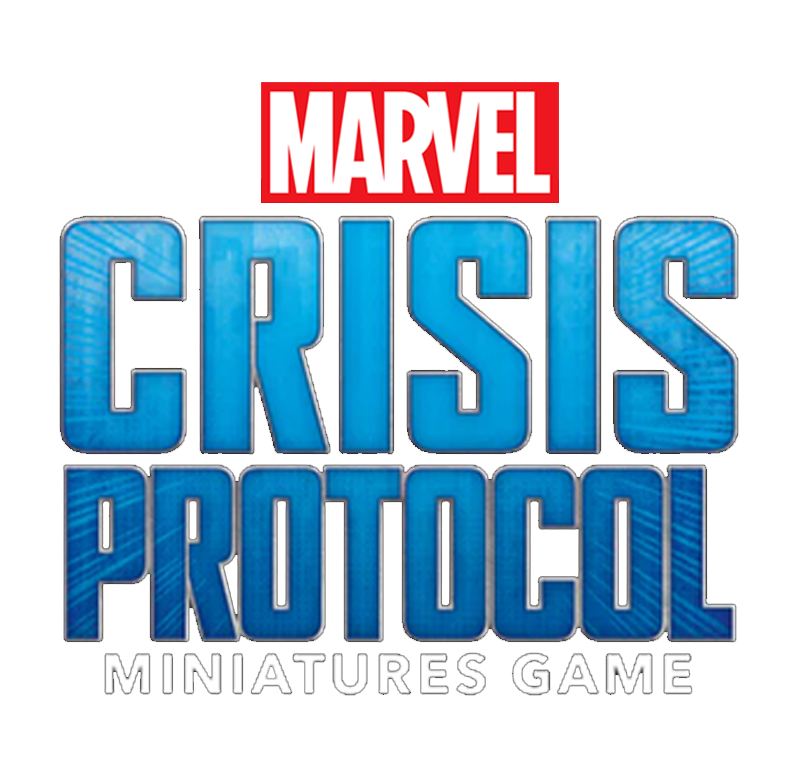
Need advice building your roster?
Join your country’s MCP Discord community and get answers to your questions.

